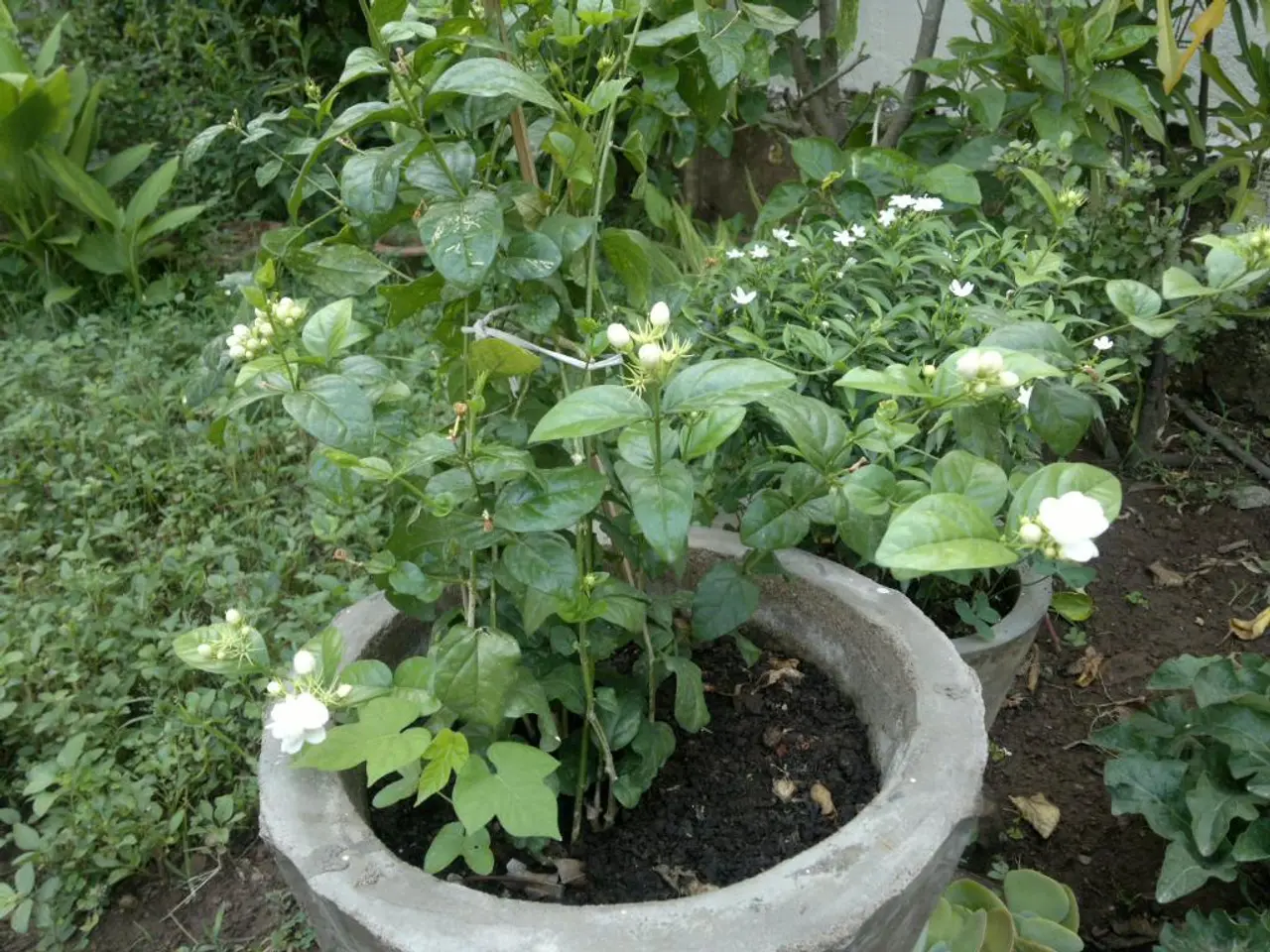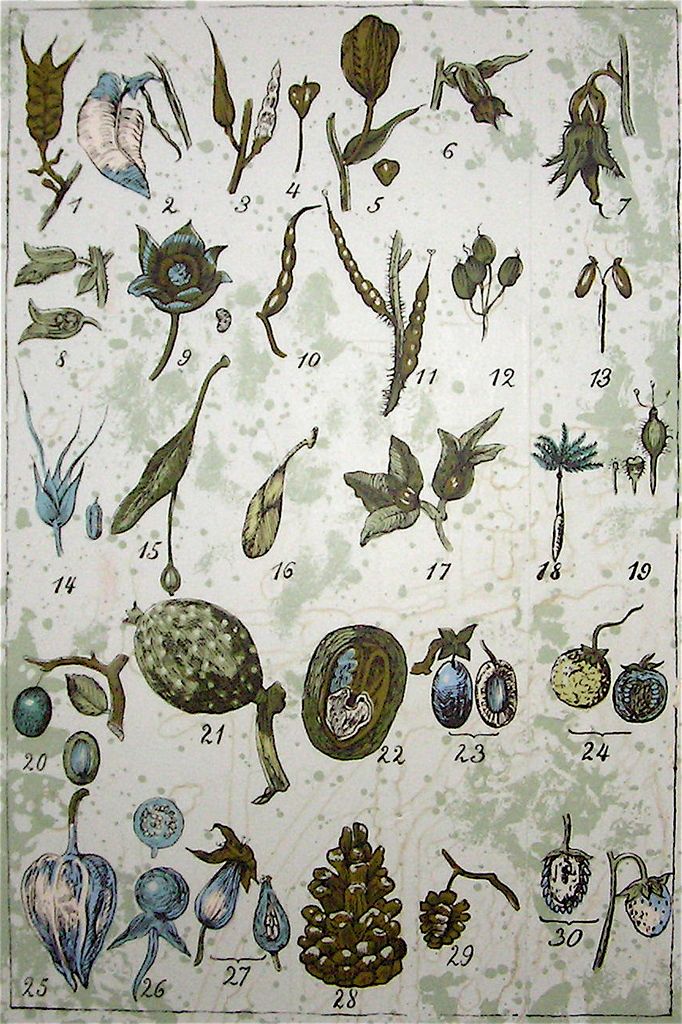Algae bloom detected in Prince of Hesse Mine: heightened vigilance advised
In the heart of Darmstadt, Germany, the Grube Prinz von Hessen has recently seen an increase in the concentration of blue-green algae, a phenomenon that can potentially pose health risks to humans, pets, and wildlife.
The Federal Environment Agency has set the current health risk at the site to "low," but this could change as the bacterial population continues to grow. According to the agency's data, the bacterial population in the Grube Prinz von Hessen has doubled from last Friday to Monday, and the warm temperatures forecasted for the coming days may further increase the concentration of blue-green algae.
Blue-green algae can cause a range of health issues. Skin contact with affected water can lead to irritation, rashes, blisters, hives, and eye or nose irritation. Ingesting contaminated water can result in gastrointestinal symptoms such as diarrhea, cramps, vomiting, abdominal pain, nausea, and dizziness. In more severe cases, toxicity can affect the nervous system, liver, and kidneys, causing symptoms such as fever, numbness or tingling around the mouth, muscle weakness, headache, dizziness, difficulty breathing, and even paralysis. Children and pets are particularly vulnerable due to their higher likelihood of swallowing water while swimming or playing.
To mitigate these risks, the city of Darmstadt is urging visitors to exercise special caution at the Grube Prinz von Hessen. Greenish streaks may form on the water due to the presence of blue-green algae, making it easier to spot potentially affected areas. However, it's important to note that it can be difficult to visually distinguish toxic blooms from harmless ones, so a precautionary approach is advised: avoid contact with water that looks discolored (pea-green, blue-green, brownish-red), scummy, foamy, or paint-like in appearance. The general safety guidance is: "When in Doubt, Stay Out!"
The Grube Prinz von Hessen is now under the "enhanced attention" monitoring stage of the Federal Environment Agency. The green space department head, Michael Kolmer (B90/Greens), will continue to closely monitor the water quality at the site. This stage is in response to a possible increase in blue-green algae, and the city is taking proactive measures to ensure the safety of its residents and visitors.
As the situation at the Grube Prinz von Hessen continues to evolve, it's crucial for everyone to stay informed and exercise caution when visiting the area. By following the guidance provided by local authorities and the Federal Environment Agency, we can all help ensure a safe and enjoyable experience for all.
[1] Centers for Disease Control and Prevention. (2021). Recreational Water Quality. Retrieved from https://www.cdc.gov/healthywater/swimming/ [2] World Health Organization. (2019). Cyanobacteria and Cyanotoxins. Retrieved from https://www.who.int/water_sanitation_health/water-quality/guidelines/cyanobacteria-cyanotoxins/en/ [3] European Centre for Disease Prevention and Control. (2021). Cyanobacteria. Retrieved from https://ecdc.europa.eu/en/healthtopics/cyanobacteria/Pages/cyanobacteria.aspx
To ensure the well-being of residents and visitors, the city of Darmstadt has advised visitors to exercise caution at the Grube Prinz von Hessen, particularly in light of the increased concentration of blue-green algae. In the event of discolored water or a greenish streak, it's wise to avoid contact and adhere to the aforementioned guidance: "When in Doubt, Stay Out!" Moreover, the environmental science division should remain vigilant, considering the potential health risks associated with blue-green algae in environmental-science studies.





